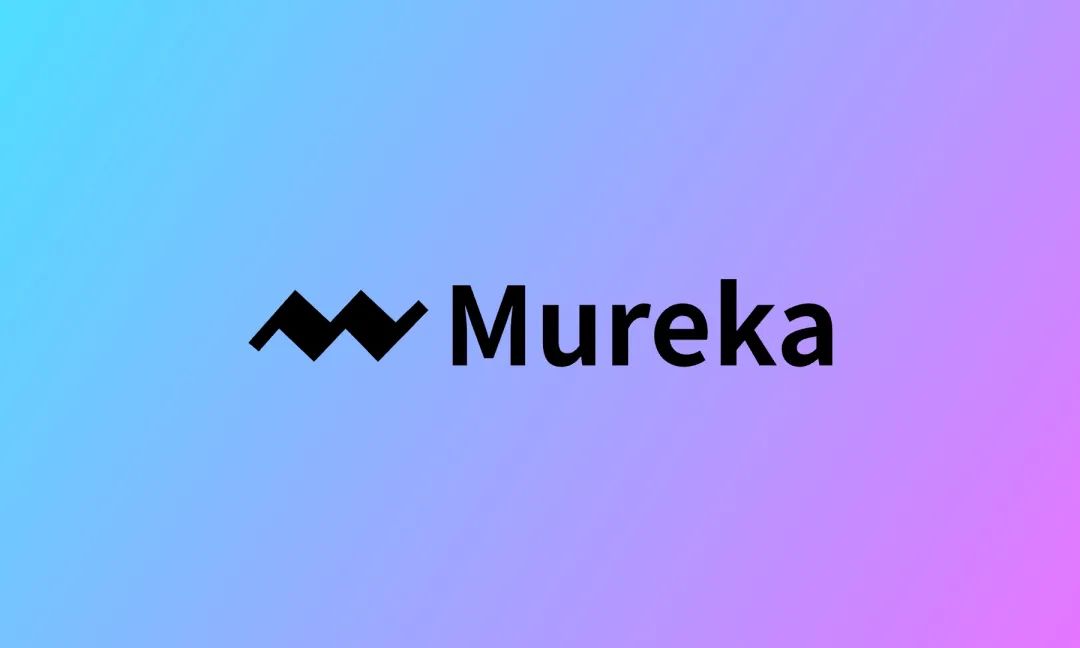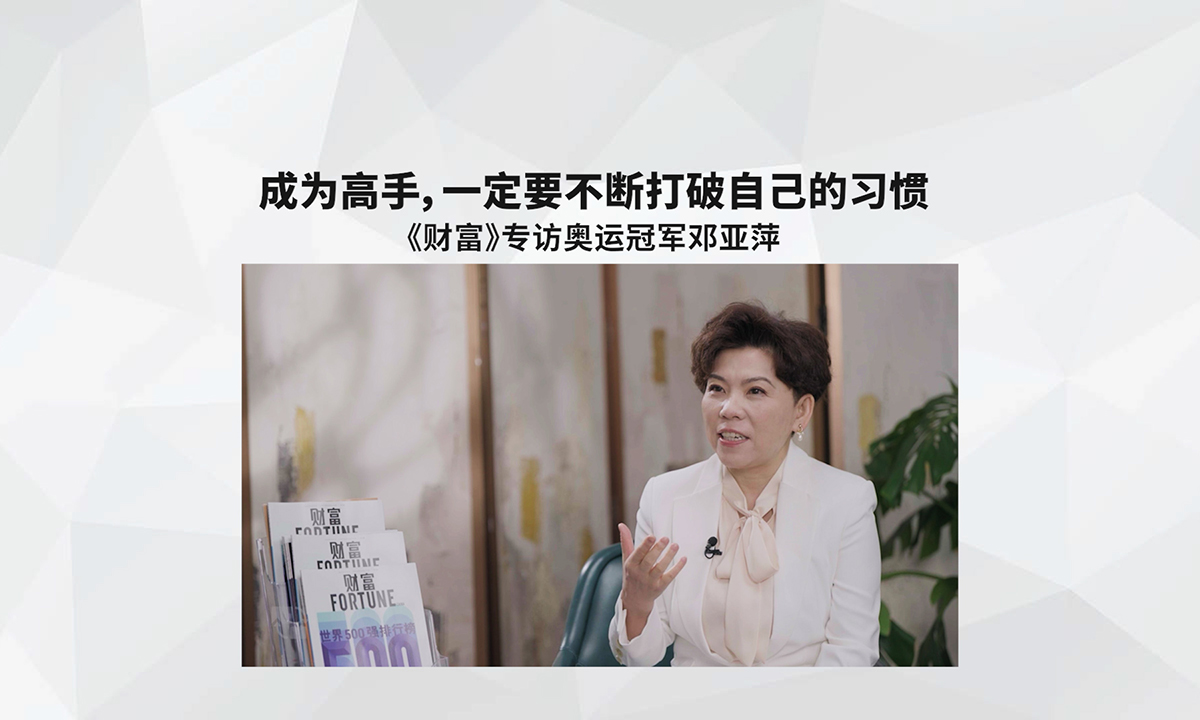别再用“估值”懒汉方式评价创业公司
|
独角兽公司滋滋作响的估值泡沫,使得众多观察家纷纷预测称,一旦市场形势有变,一场血腥清洗恐怕在所难免。事实上,曾经颠覆支付领域的明星级公司Square的股价已经低于其IPO价格,这就是众多警示信号之一。
当然,肯定有独角兽公司能够成功。但我们该如何判断哪些公司将茁壮成长,哪些将一败涂地?
或许,判断一家公司是否有发展潜力最明确的指标,就是看它是否满足了真实的、持久的、未满足的客户需求。问题在于,我们很难判断一家公司是否满足了这种需求,部分原因在于我们很难说清楚这类需求到底是什么。两个阵营的商业理论家们已经就这个问题争论了数十年之久。一方认为,在技术进步的推动下,客户需求在持续发展变化。另一方则表示,客户需求基本保持不变。
Transferwise公司最近颠覆了一种存在数个世纪的交易系统,它的成功或许可以帮助我们结束这场争论。但首先,我们有必要了解一下争论双方的观点。
一方认为创新在持续改变客户需求。他们所关注的是产品和服务的功能与特性。以摄影为例:不需要聘用专业摄影师,便可以拍摄照片,一度令人非常兴奋。后来,彩色摄影、傻瓜摄影功能和数码摄影技术的出现,都曾引来一片“惊叹”,消费者的行为也随着这些创新发生了变化。
这一阵营认为,品牌和创新者的工作就是追逐不断变化的需求。一种被许多公司用来预测客户对产品特性与功能的反应,被称为Kano系统的技术就充分体现了这种观点。能否预测准确,可能关乎公司的生死存亡——在当今智能手机一统天下的时代,你还会愿意生产傻瓜相机吗?有许多公司错过了因技术变化带来的客户需求变化,最终被历史淘汰(如黑莓和诺基亚)。
而认为消费者需求不变的一方,则提出了完全相反的观点。他们认为,消费者在第一台相机诞生时和Instagram时代的需求并没有区别。我们想要拍摄照片,保存照片,把照片分享给其他人。
这个阵营的领导者之一是“颠覆式创新”理论大师克莱顿•克里斯坦森,他将挖掘客户需求的过程——不论采用哪种技术来满足这些需求——描述为发现一款产品或服务“需要完成的任务”。从这个角度而言,消费者更关注的是完成某些任务,而不是产品特性。
在克里斯坦森的公司Innosight,咨询师们利用这种观点去确认哪些需求可以用更方便、更快速或更便宜的方式去满足。比如,对于交通、住房和商品需求,在Uber、Airbnb或亚马逊诞生之前,就已经存在了数千年之久。这些公司只不过是在用更方便、更快速或更便宜的方式满足这些需求。他们本身的特性并不重要。
这不由得让我们联想起一家非常现代化的初创公司是如何重塑一种古老的实践的。在中世纪,那些希望避免被盗贼抢劫的商人们,特别依赖一个名为“哈瓦拉”(Hawala),基于信托的资金转账系统。通过这个体系,希望寄钱的一方联系一位“哈瓦拉人”在起点付款。到了收款时,这位“哈瓦拉人”(他会赚取一笔佣金)会联系一位目的地的受托方,由后者负责付款。
一个关键点在于,双方并没有发生实际的货币交换。各方均在本地完成收款和付款,转账中收到和支出的款项通常可以相抵。信托违约将遭到严厉的惩罚。
这个体系中的客户需求是,可以在A地存钱,并转到B地,中间不需要实际移动资金。数个世纪以来,“需要完成的任务”始终没有变化,但现代通信技术,却让解决这个需求的效率变得更高。
这便是初创公司Transferwise的作用。
这家公司是两位Skype联合创始人的新成果。他们发现,在英国和爱沙尼亚之间转账需要花费一笔小钱,而Transferwise则可以将需要转账的人与在目的地拥有资金的人相匹配。假如有个英国人需要用波兰货币兹罗提支付一笔款项。方便的解决方案是通过银行兑换货币,然后电汇到目的地,但中间通常要支付高额费用。而Transferwise的作法则是让本地交换变得更容易。这位英国用户付给Transferwise英镑,但这笔钱不会汇到波兰。相反,Transferwise会将波兰收款人与另一位希望将兹罗提汇到国外的波兰客户相匹配。
与哈瓦拉类似,在这个过程中,实际上并没有发生跨境资金流动。因此,Transferwise的收费远远低于银行。这家公司在2011年开始提供服务,现在已经占到英国对外汇款业务的2%,每月转账的金额达到7.6亿美元。Transferwise现在准备在银行业掀起革命。而这家公司解决的需求,自货币出现以来便已经存在。它只是更好地完成了这项任务。
所以,对于目前的大批独角兽公司,投资者最应该问的一个问题是,这些公司是真正解决了一个永恒的问题,抑或只是在追逐下一个技术热点。(财富中文网)
译者:刘进龙/汪皓 审校:任文科 |
The bubbly valuations of so-called ‘Unicorns’ have led many observers to predict a bloodbath as markets turn. Indeed, the fact that Square, once the darling of the disruptive payments space, now trades below its IPO price is one of many warnings.
Some of these firms will make it, of course. But how do you pick which startups will thrive and which are headed for the dustbin?
Perhaps the clearest indicator that a company has traction is when it addresses a real, enduring, unmet, customer need. The problem is that it’s not easy to know if they’ve indeed addressed those needs, in part because it’s hard to articulate what those needs are. That’s an issue that’s been debated for decades by two camps of business theorists. One side claims that customer needs are constantly evolving, guided by technological advances. The other says they stay pretty much the same.
The recent success of Transferwise, a startup that has reinvented a centuries-old transaction system, goes a long way to closing that debate. But first, let’s consider the two sides of the discussion.
Those who argue that innovation constantly changes what customers need tend to focus on the functions and features of products and services. Take photography: At one point, just being able to capture an image without hiring a professional photographer was exciting. Later, color photography, point-and-shoot functionality, and digital imaging all had “wow” moments in which customers’ behavior changed in response to innovations.
This idea that the job of brands and innovators is to chase changing needs is embodied by something called the Kano system, a technique that companies use to predict customer responses to product features and functions. Getting those predictions right can be a question of life or death—Would you want to be the manufacturer of point-and-shoot cameras in today’s smartphone world?—and many companies have foundered when they missed customer needs that shifted in technological terms (i.e. Blackberry and Nokia).
The camp of constant consumer needs sees this from the exact opposite vantage. They’d note that what customers wanted in the days of the first cameras and what they want in the Instagram era are not that different. We want to be able to capture images, save them, and show them to other people.
One of the leaders of this camp, business guru Clayton Christensen, describes the process of unearthing customer needs—whatever the technology used to address them—as discovering the “job to be done” by a product or service. From this perspective, customers aren’t so much paying attention to product features as trying to accomplish certain tasks.
Consultants like those at Christensen’s firm Innosight use this idea to identify opportunities when a job could be done more conveniently, quickly, or inexpensively. If you think about it, the needs for transport, housing and goods were around for thousands of years before we had Uber, Airbnb or Amazon. They just fulfill those needs more conveniently, quickly, and inexpensively. Their features in themselves are not the question.
This brings us to the reinvention of an ancient practice by a very modern startup. In the Middle Ages, traders wishing to avoid being robbed by bandits relied on a trust-based money transfer practice known as Hawala. In this system, a party wishing to send money contacted a Hawaladorand made a payment at the point of origin. When time came to receive the payment, the Hawalador (who earned a commission) contacted a trusted counterparty in the destination, and that partner made the payment.
The key point is that there was no actual exchange of currency between the two parties. Each received and made payments in his or her territory, with the debits and credits of the transfers generally balancing out. Breaches of trust were treated harshly.
The customer need here is to be able to deposit money at place A and have it arrive at place B without having to physically move it. That “job to be done” hasn’t changed in centuries, but solving it has been made infinitely more efficient by modern communication technologies.
Here’s where the startup Transferwise comes in.
The brainchild of two Skype co-founders who found themselves spending a small fortune transferring money between the U.K. and Estonia, Transferwise matches people who need to make a transfer with those who have money in the destination. Say a person is in the U.K. with British Pounds needs to make a payment in Polish Zlotys. The conventional solution is to use a bank to convert the money and wire it to its destination, often for a hefty fee. What Transferwise does instead is facilitate a local exchange. The person in the U.K. pays Transferwise in Pounds, but the money is not actually sent to Poland. Instead, Transferwise matches the Polish recipient with another Transferwise customer in Poland who wants to transfer Zlotys out of the country.
Just as with Hawala, no funds actually move across borders. This allows Transferwise to charge far less than banks. The company, which began offering its service in 2011, now accounts for 2% of all U.K.-based global remittances, transferring $760 million every month. Today, Transferwise is poised to revolutionize its corner of the banking industry. And yet, the need being addressed has existed since money itself existed. It just does that job better.
And so for investors, the question to ask of the current crop of unicorns is whether they are, indeed, solving a timeless problem…or simply chasing the next generation of features and functions. |











